Alexandrine Parakeet: Species Characteristics & Care
Updated on 04/26/24
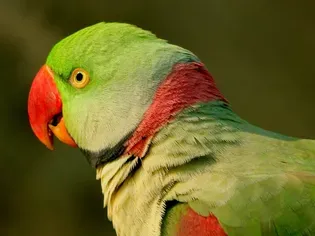
Delve into the Enchanting Realm of the Alexandrine Parakeet: A Comprehensive Guide
Introduction
Amidst the world's vibrant avifauna, the Alexandrine Parakeet stands out as an avian wonder, captivating bird enthusiasts with its striking beauty and captivating characteristics. Its vibrant plumage, distinct vocalizations, and endearing personality have made it a beloved companion and a prized addition to aviaries worldwide. This comprehensive guide delves into the intricate details of the Alexandrine Parakeet, exploring its species characteristics, captivating behaviors, and essential care requirements to ensure its well-being and unwavering companionship.
Species Characteristics
Classification and Distribution
Hailing from the family Psittacidae, the Alexandrine Parakeet (Psittacula eupatria) belongs to the genus Psittacula, a group of slender-bodied parrots with long, pointed tails. Its native range encompasses the Indian subcontinent, Southeast Asia, and parts of Central Asia, where it thrives in diverse habitats such as forests, woodlands, and agricultural areas.
Appearance and Physical Attributes
Alexandrine Parakeets exhibit a remarkable sexual dimorphism in their coloration. Adult males are adorned with vibrant hues of emerald green plumage, highlighted by a distinctive maroon collar around their neck. Their wings, adorned with blue and black markings, add to their striking appearance. In contrast, females display a more subdued coloration, with a predominantly green plumage and a pale blue-green collar.
Sizewise, Alexandrine Parakeets are relatively large parrots, with an average length of 58-62 cm and a wingspan of 35-45 cm. Their body weight typically ranges from 200 to 400 grams. Their long, pointed tails provide balance and agility during flight.
Personality and Behavior
Alexandrine Parakeets are known for their affectionate and playful nature. They form strong bonds with their owners and often crave attention and interaction. These intelligent birds possess a remarkable ability to learn tricks and mimic human speech, further enhancing their charm and entertainment value.
Vocalizations are an integral part of Alexandrine Parakeet behavior. They emit a variety of calls, from high-pitched whistles to loud squawks. While their vocalizations can be noisy at times, they also provide a sense of companionship and can be interpreted to express different emotions and situations.
Although they are generally sociable birds, Alexandrine Parakeets can exhibit territorial behavior during the breeding season or when threatened. They are known to be protective of their nests and may become aggressive if they perceive a potential threat to their offspring.
Diet and Nutrition
In their natural habitat, Alexandrine Parakeets primarily consume fruits, seeds, nuts, and berries. They also feed on insects and nectar to supplement their diet. Captive Alexandrine Parakeets should be provided with a balanced and varied diet that mimics their natural feeding habits.
A high-quality seed mix specifically formulated for large parrots should form the foundation of their diet. Additionally, fresh fruits and vegetables should be offered daily to provide essential vitamins, minerals, and antioxidants. Vegetables such as carrots, broccoli, spinach, and sweet potatoes are excellent choices. Fruits like apples, bananas, berries, and melons provide a rich source of natural sugars and vitamins.
Regularly offering sprouted seeds, cooked beans, and nuts can enrich the diet and provide variety. It is crucial to avoid avocado, chocolate, and caffeine, as they are toxic to parrots. Fresh water should be available at all times.
Housing and Enclosures
Alexandrine Parakeets require a spacious and well-equipped enclosure to thrive in captivity. The minimum recommended cage size for a single bird is 6 feet long, 4 feet wide, and 4 feet high. For pairs or small groups, a larger enclosure is necessary.
The enclosure should be equipped with sturdy perches of various diameters to accommodate the bird's feet and provide exercise opportunities. Natural wood perches are preferable to plastic or metal, as they offer a more stimulating and comfortable surface.
A variety of toys is essential for mental stimulation and boredom prevention. Toys should be made of durable materials and designed to withstand the parrot's powerful beak. Regular interaction and supervised playtime outside the enclosure are also beneficial for the bird's well-being.
Health and Care
Alexandrine Parakeets are generally hardy birds with an average lifespan of 20-30 years in captivity. However, like all living beings, they are susceptible to various health conditions.
Regular veterinary checkups are crucial for early detection and treatment of any potential health issues. Common ailments in Alexandrine Parakeets include respiratory infections, feather plucking, and gastrointestinal disorders. Proper nutrition, hygiene, and stress reduction can help prevent many health problems.
Feather plucking, a common behavioral issue in parrots, can be caused by stress, boredom, or underlying medical conditions. Providing adequate enrichment, a balanced diet, and a stimulating environment can help reduce the likelihood of feather plucking.
Conclusion
The Alexandrine Parakeet is an exceptional avian companion that brings joy and companionship to bird enthusiasts worldwide. Its striking beauty, endearing personality, and captivating behaviors make it a beloved choice for those seeking a lifelong feathered friend. By understanding their species characteristics and providing them with the proper care and attention, you can ensure that your Alexandrine Parakeet thrives and enriches your life for many years to come. Embrace the wonders of this magnificent
Explore More Pets
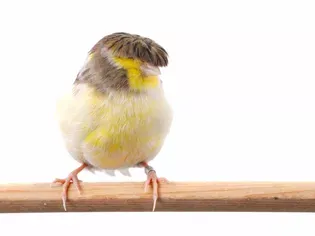
Small Bird Breeds
Gloster Canary: Bird Species Profile
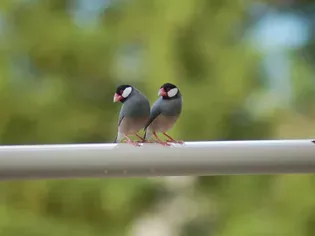
Small Bird Breeds
Java Finch: Bird Species Profile
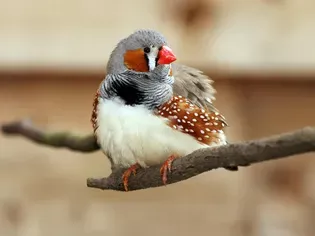
Small Bird Breeds
Zebra Finch (Chestnut-Eared Finch): Bird Species Profile
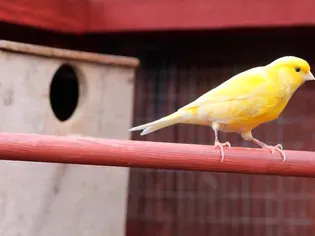
Small Bird Breeds
Canary: Bird Species Profile
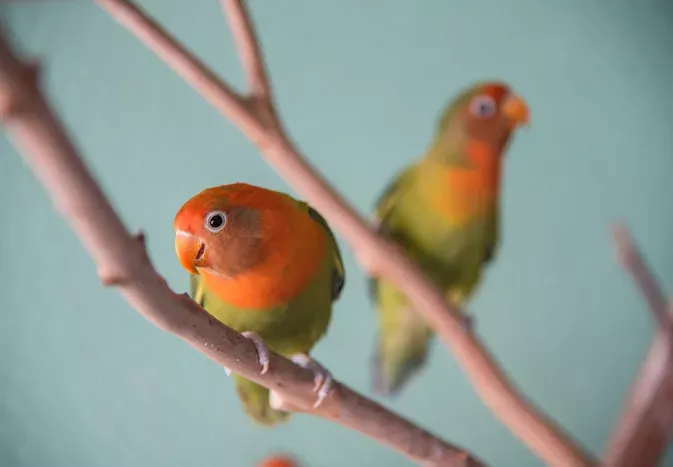
Small Bird Breeds
Lovebird (Pocket Parrot) Species Profile
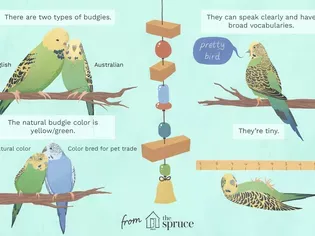
Small Bird Breeds
A Guide to Pet Budgie Birds
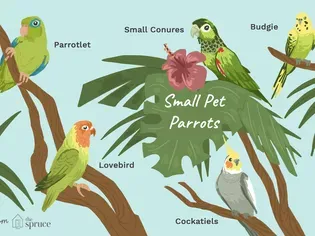
Small Bird Breeds
Types of Small Parrots
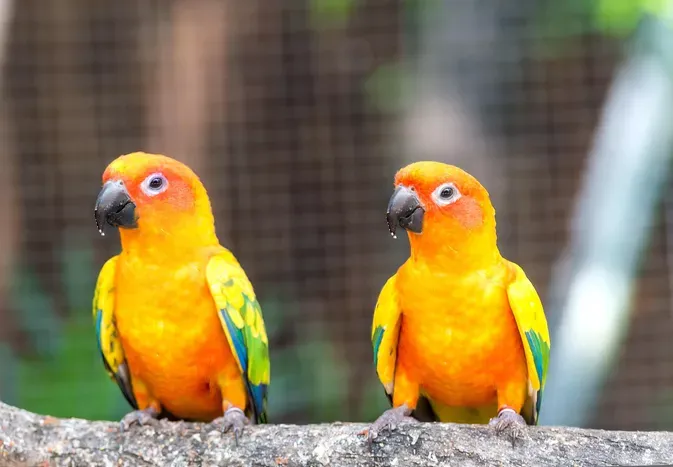
Medium Birds Breeds
Sun Conure: Bird Species Profile